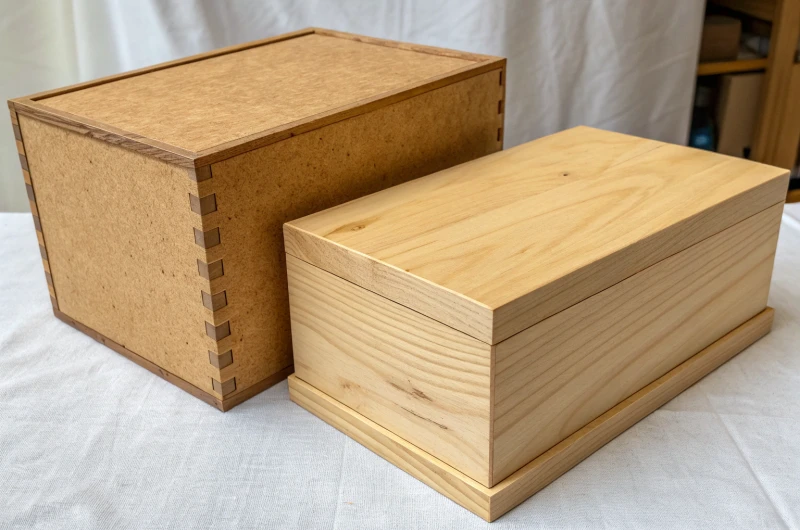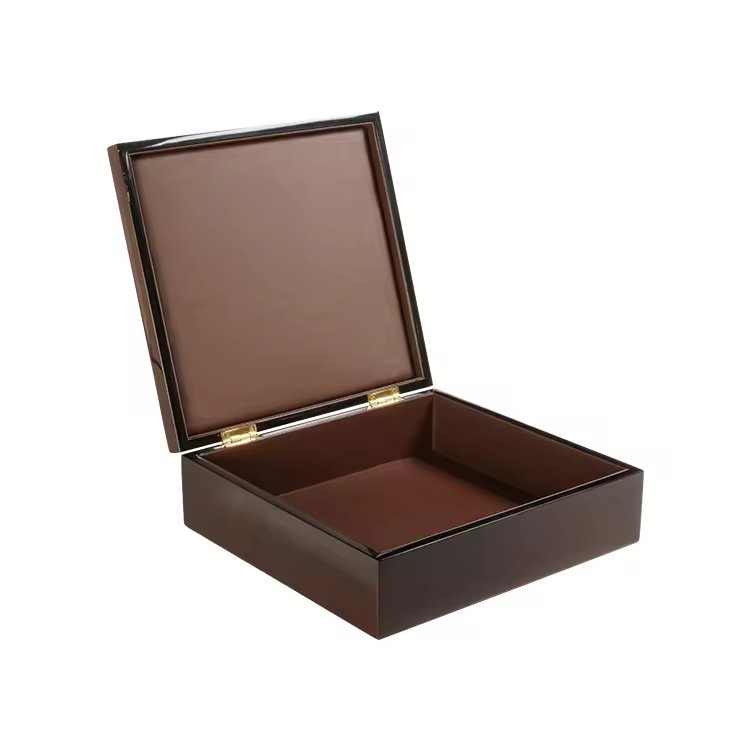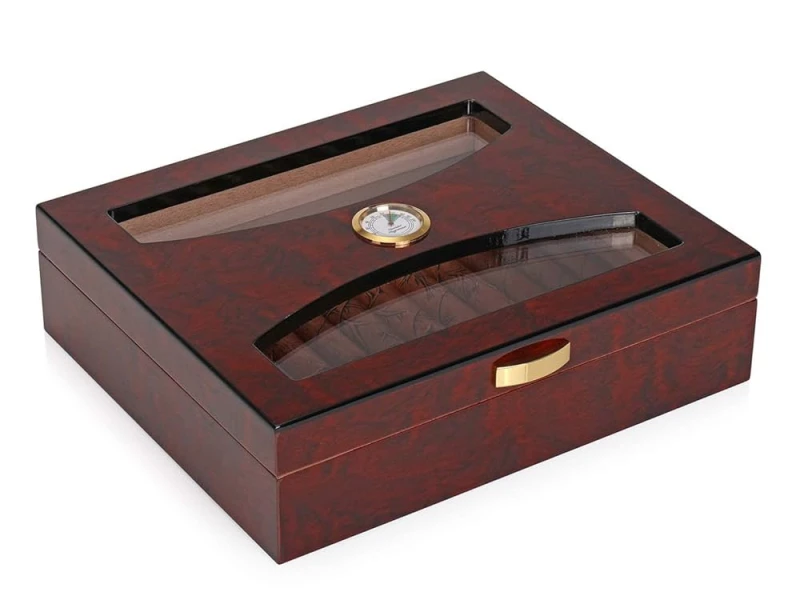
Clients want certainty, but expecting “exact sameness” between handmade samples and bulk production is unrealistic.
Manufacturers must explain wood variation, finishing limits, and tolerance standards while using PPS and clear communication to secure consistency.
I will share why perfect duplication is impossible and how I set up systems that still protect client trust.
Why is 100% identical replication between handmade samples and bulk production unrealistic?
A handmade sample is a single piece; bulk production is a process involving many variables.
Absolute duplication is unrealistic because wood, coating, and manual steps will always create slight differences in mass production.

I recall one jewelry box order where the client wanted every unit to mirror the approved prototype exactly. The truth is, no industrial line or artisan can deliver microscopic sameness. Wood is organic, coatings react differently, and even tools wear out.
Why samples differ from bulk
- Samples are often made by senior craftsmen with extra attention.
- Mass runs involve multiple workers and equipment cycles.
- Scaling up introduces environmental factors like humidity shifts.
My job is not to promise impossibility, but to promise controlled consistency.
How do natural wood grain and texture variations make each box unique by nature?
Wood is not plastic; every piece tells its own story.
Natural grain, knots, and color shifts make each wooden box slightly unique, even when cut from the same log.

In a cigar box project, we used walnut veneer. Clients loved the rich patterns on the sample, but during bulk production, some panels had lighter streaks. This was not a mistake—it was wood’s nature.
Why grain varies
- Different parts of the log show darker or lighter tones.
- Veneer slicing angle changes pattern direction.
- Natural growth marks cannot be erased.
How I present this
I tell clients in advance: uniqueness is part of the luxury appeal. It shows authenticity, not defect.
What differences may occur in finishing, coating, or color tones at scale?
Finishing looks stable in a sample, but mass production exposes variation risks.
Coating thickness, polishing detail, and color tone shifts are common when scaling up, especially with high-gloss lacquer.
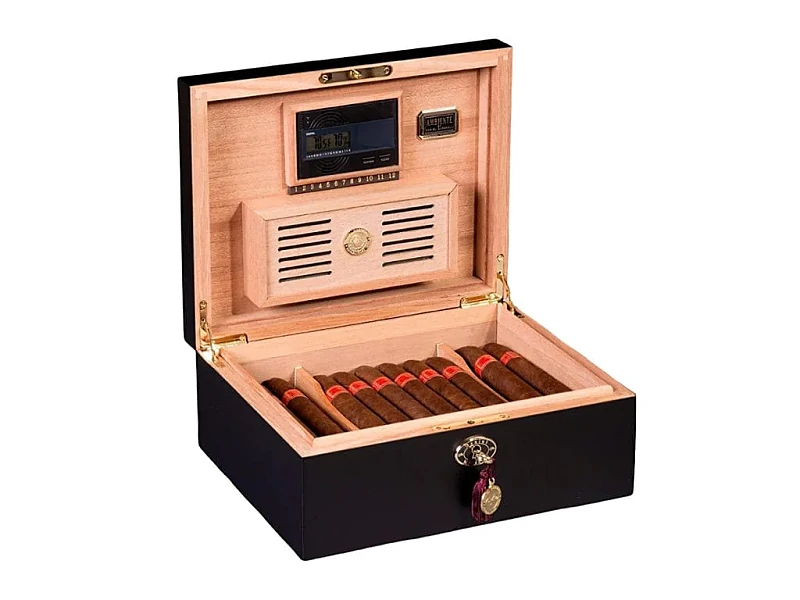
I once ran a 1,000-unit perfume box order with multi-layer lacquer. Even with the same formula, curing time and spray angle made some units reflect light slightly differently. Under showroom lighting, these tiny differences become noticeable.
Finishing risks
- Lack: Uneven curing creates shade shifts.
- Stains: Different wood absorption creates darker or lighter tones.
- Polieren: Hand pressure changes shine level.
This is why I always align with clients on what “acceptable variation” means before starting.
Why should acceptable tolerance standards be clearly defined with the client?
Without tolerance standards, every small difference becomes a dispute.
Defining tolerance ranges for dimensions, colors, and finishing ensures both client and manufacturer agree on what is acceptable.
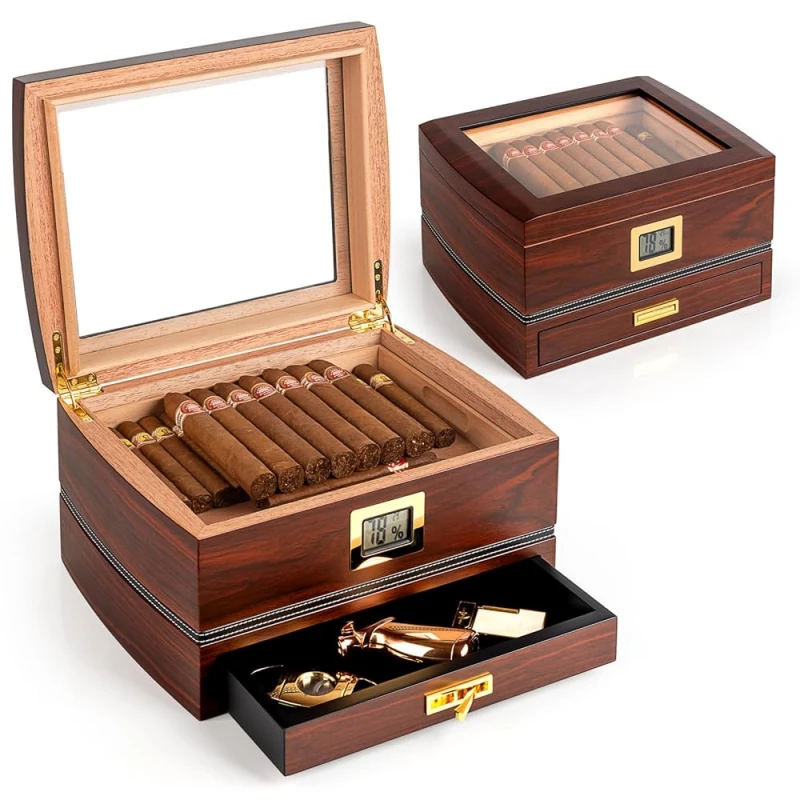
For example, I define ±0.3mm tolerance for wall thickness, ±1mm for overall size, and slight shade variation for stained finishes. With this clarity, QC teams know what to check, and clients know what to expect.
Benefits of tolerance standards
- Prevents unrealistic demands.
- Creates objective QC checklists.
- Builds long-term trust through transparency.
I often share a tolerance chart during the sampling stage to avoid later conflicts.
How can pre-production samples (PPS) help bridge expectations before full production?
Even after prototype approval, a PPS is essential before mass production.
A PPS uses real materials, finishes, and production methods to show clients what bulk production will actually look like.

In one watch box order, the PPS revealed that high-gloss lacquer reflected slightly warmer than the prototype. By showing it early, the client accepted the tone, and we avoided later disputes.
PPS confirms
- Dimensional consistency at scale
- Realistic coating and color outcome
- Hardware placement under production speed
- Alignment with tolerance standards
This stage protects both manufacturer and client by resetting expectations before big investment.
What is the best way to communicate with clients so they understand “consistency” versus “absolute sameness”?
Many conflicts come not from defects, but from misunderstood expectations.
Manufacturers should explain that consistency means controlled quality, while absolute sameness is impossible with natural wood.

I always use simple language with clients: “Each box will look consistent, but not cloned.” I show side-by-side photos of natural grain variations and explain finishing limits. This way, clients shift focus from impossible sameness to achievable consistency.
My communication tools
- Side-by-side prototypes showing acceptable variation.
- Written tolerance agreements in contracts.
- Transparent QC reports with comparison photos.
When clients see me acknowledge challenges openly, they build more trust and often become repeat partners.
Schlussfolgerung
Mass-produced wooden boxes cannot be identical to samples, but with tolerances, PPS, and clear communication, consistency can be achieved.
Markenname: WoodoBox
Slogan: Maßgefertigte Holzkisten, handwerklich perfekt gefertigt
Website: www.woodobox.com
WhatsApp: +86 18359265311

